This mission (NASA, launched in 2009), following the path of Corot, combines also asteroseismology and the search of exoplanets. The stellar group is actively involved in the data analysis.
Contact: T. Appourchaux
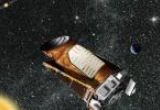
This mission (NASA, launched in 2009), following the path of Corot, combines also asteroseismology and the search of exoplanets. The stellar group is actively involved in the data analysis.
Contact: T. Appourchaux
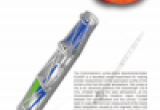
CLASP (Chromospheric Lyman Alpha Spectro Polarimeter, NASA) is another rocket-borne instrument which objective is the measure of the polarisation of chromospheric Ly alpha radiation in order to measure the chromospheric magnetic field.
Contact: F. Auchère
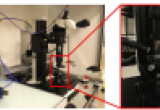
REMi (Reflectance d'Échantillons Microscopiques), spectroscopy device for microscopic samples in the visible and near infrared in a clean room.
Contacts : Zahia Djouadi, Cateline Lantz, Rosario Brunetto
The sample under the microscope is illuminated (via a fiber) by a halogen lamp, it reflects part of the light which is collected by a second fiber and routed to a spectrometer with a spectral range [0.45, 1.0] µm.
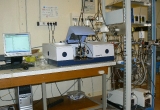
PRONEXT (PROcessus NEbulaires à la surface des grains EXTraterrestres), is a commercial cell (from SPECAC) operating at different temperatures [300, 1000 K] and high pressures up to ~69 bar. It fits in the sample compartment of a Bruker VERTEX 70 FTIR spectrometer.
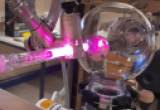
The system is associated with a mixing line and a pumping system. This makes it possible to control the composition of the initial gas mixture sent into the reactor and maintained at low pressure. The plasma that forms in the reactor is induced and maintained by a microwave discharge coupled with an Evenson cavity. The device is such that part of the solid organic matter produced is deposited in the form of a thin film directly on an ad hoc support, facilitating subsequent characterizations, particularly by infrared.
Contact : Donia Baklouti
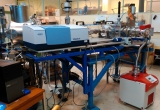
INGMAR (IrradiatioN de Glaces et Météorites Analysées par Réflectance VIS-IR
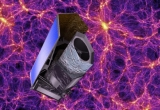
Euclid is an ESA mission that will map the geometry of the Dark Universe. The mission will investigate the distance-redshift relationship and the evolution of cosmic structures by measuring shapes and redshifts of galaxies and clusters of galaxies out to redshifts ~2, or equivalently to a look-back time of 10 billion years. In this way, Euclid will cover the entire period over which Dark Energy played a significant role in accelerating the expansion of the Universe.
Contact IAS: Nabila Aghanim & Hervé Dole

The Sun and its corona as seen by HECOR and HEIT: preliminary results.
Launched on September 14, 2009 from White Sands Missile Range (New Mexico), the Herschel sounding rocket was carrying two experiments with strong IAS participation: HECOR and HEIT.
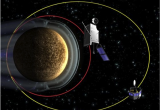
The BepiColombo mission was launched on October 19, 2018 for an arrival at Mercury in 2026. This ambitious mission will study all aspects of the closest planet to the sun, from interior to surface to magnetosphere. More details on the launch here.
Contacts : Yves Langevin, François Poulet, Mathieu Vincendon
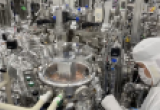
The Japanese mission Hayabusa2 aims at studying and returning samples of the C-type asteroid "Ryugu", a first in the exploration of the Solar System. These asteroids are considered to have preserved among the most primordial materials in the solar system, and to possibly be the parent bodies of carbonaceous chondrites, primitive meteorites containing a significant fraction of organic matter (up to a few percent).